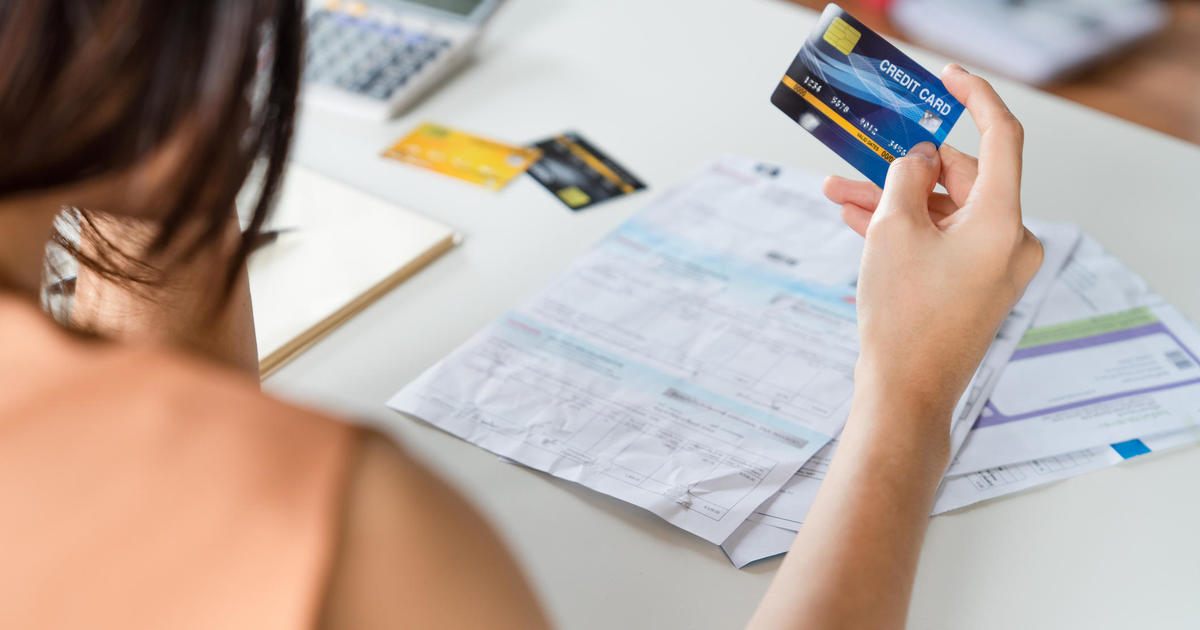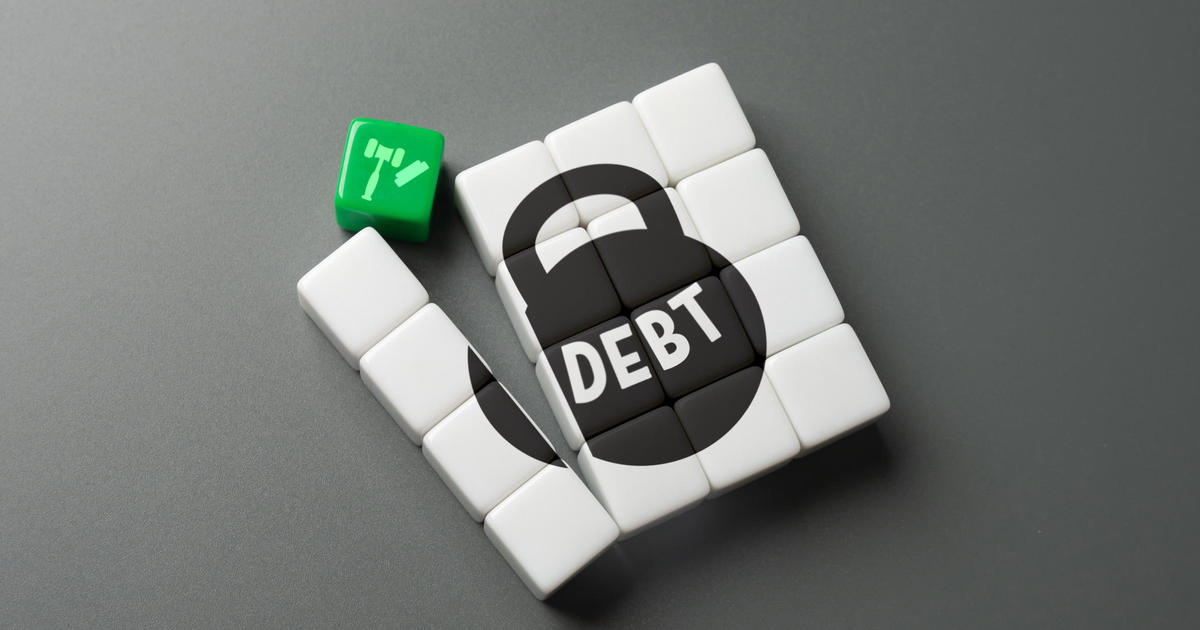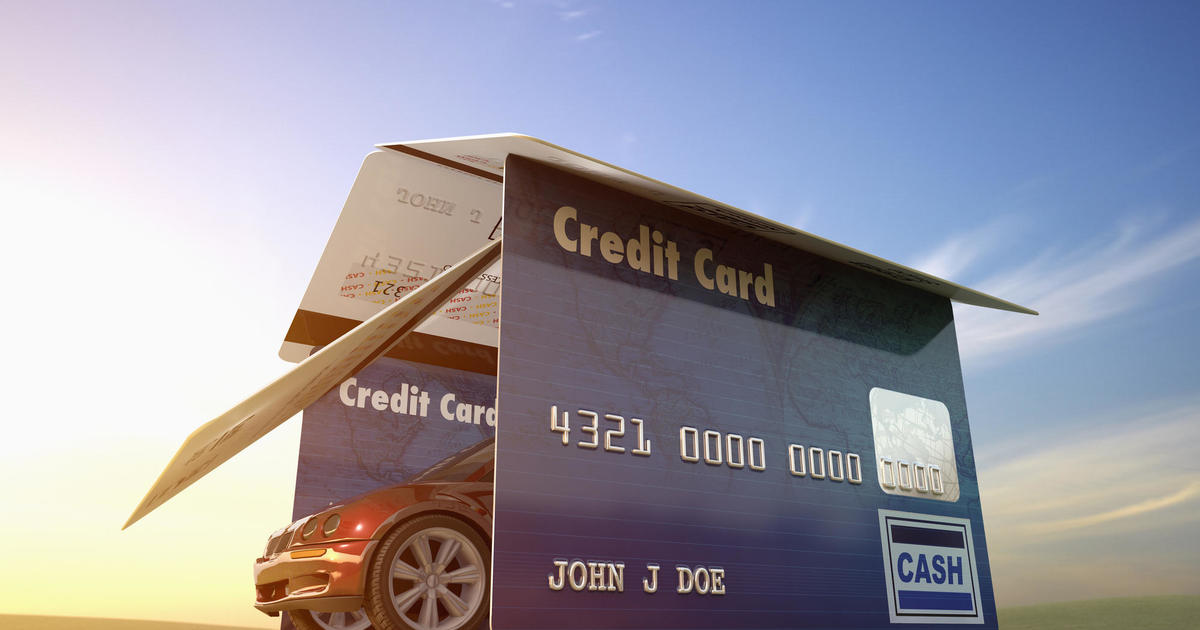The financial problem that just won't die: Student loans
For millions of Americans, solid economic growth and low unemployment hasn't cured a festering financial problem: skyrocketing student loans. College debt has hit a new milestone, surpassing $1.5 trillion for the first time.
At the same time, experts are scratching their heads over why these loans continue to pile up even as the number of people applying for loans declines. During the past six years loan applications have dropped 20 percent, and yet total student debt has jumped by about $500 billion.
One theory is that the cost of higher education continues to rise an average of 3 percent per year. But another explanation is that a federal remedy that's supposed to help students pay their loans is actually making the problem worse.
A poorly designed payment plan
The U.S. Department of Education has developed so-called income-driven payment plans as a way of offering immediate financial relief to borrowers whose monthly student loan payments were too high relative to their income.
Yet while these plans reduce monthly loan payments, they generally don't come with a corresponding reduction in interest rates. The result: Borrowers are able to make their monthly payments, but often without paying down the loan principal. That means the loan amount continues to increase as interest accrues. As a result, a borrower would likely see their debt increase over time, even as they made the required monthly payments.
"The way some of these loan modifications are designed is that you can be current by paying zero," said John Anglim, an S&P credit analyst and author of a report that examined income-driven payment plans. "That may be a good thing now, but your loan balance increases by 5 to 6 percent a year depending on the interest rate."
Around the time of the 2008 financial crisis, the Department of Education pressured student loan servicers to identify borrowers who were struggling and offer help. And that approach has proved effective in lowering default rates.
What it hasn't done, by contrast, is help shrink the mountain of student debt into a more manageable pile. "If borrowers can't pay down their student loan debt now in a time of relative economic prosperity, what will happen during the next economic downturn?" Anglim asked.
The cost of forgiveness
Another reason student loan levels have continued to surge stems from a program developed during the Obama administration. If borrowers stay current on their loan payments over the course of 20 to 25 years, the federal government pays off the remaining debt. For borrowers, however, the provides an incentive to make the smallest possible monthly payments.
The General Accounting Office calculated in 2016 that the federal government would need to pay about $74 billion as a result of the forgiveness program. More current estimates put the amount at an even more staggering $90 billion, according to S&P.
"Now government officials are wondering where the money will come from for the loan forgiveness programs," Anglim said.



